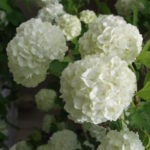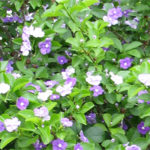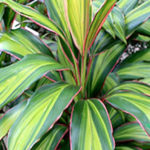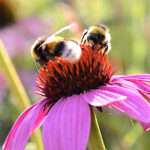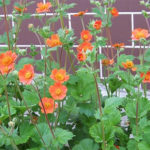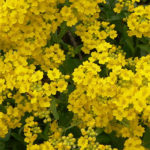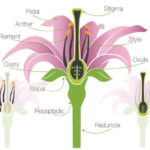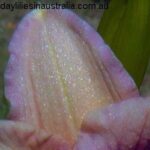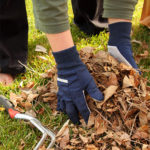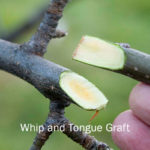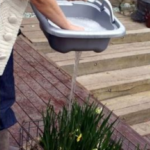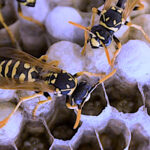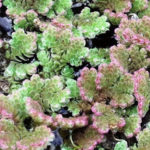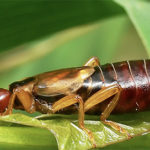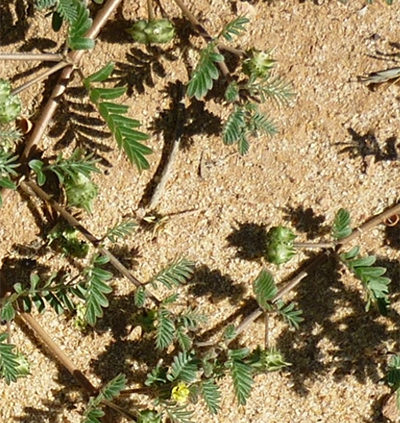
Bindi Weed Natural Control
Know About Bindi Weed – How And When To Control Bindis Naturally
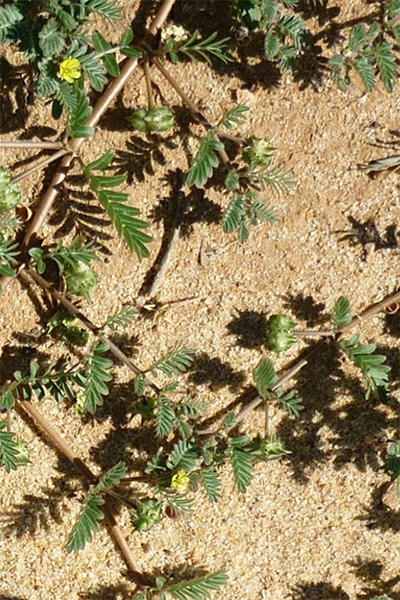 Bindi Weed or Solivasessilis or Bindi Eye is a weedy plant seen in lawns with carrot top like leaves. This is a low–growing weed and it produces a single flower which matures to a prickly seed pod that shows three spines. This weed is such a nuisance especially when the dried Bindi seed will splinter or puncture more than one tiny hole at once into the tube of a pram or bike tires or gets attached to our feet, soft soled shoes or clothes and even pet hair. The seed heads and flowers of this weed usually are very low and grow flat along side the soil. Because the Bindi is so short it cannot be mowed down using the lawn mower. This plant is native to South America but has now established in many other parts of the world including Australia. Once the plant produces flowers and seeds it is difficult to control their spread. The presence of Bindi on your lawn indicates the need for better lawn care.
Bindi Weed or Solivasessilis or Bindi Eye is a weedy plant seen in lawns with carrot top like leaves. This is a low–growing weed and it produces a single flower which matures to a prickly seed pod that shows three spines. This weed is such a nuisance especially when the dried Bindi seed will splinter or puncture more than one tiny hole at once into the tube of a pram or bike tires or gets attached to our feet, soft soled shoes or clothes and even pet hair. The seed heads and flowers of this weed usually are very low and grow flat along side the soil. Because the Bindi is so short it cannot be mowed down using the lawn mower. This plant is native to South America but has now established in many other parts of the world including Australia. Once the plant produces flowers and seeds it is difficult to control their spread. The presence of Bindi on your lawn indicates the need for better lawn care.
What makes Bindi grow in your lawn?
If your lawn has compact soil and the soil not properly aerated then you can expect Bindi growth in your lawn. Acidic soils are more prone to Bindi growth and keeping the pH corrected will help in reducing Bindi attack. If your lawn is poorly nourished then also Bindi can take over the growth of grass in your lawn. Do not attempt weeding the turf and feeding the turf at the same time as it can promote weed growth. Avoid batching patches in the turf when mowing the lawn as bald patches invite weed growth. The life cycle of Bindi weed is continuous and it is difficult to manage them just by mowing the lawn alone. The seeds and flowers of Bindi can remain safe under the grass below the mowing height.
Best time to control Bindi?
If you are trying to control the growth or attempting to remove the weed completely from your garden, you should consider the time to do the task. Remove the weed before they start flowering or seeding. If you delay the removal then you will have to confront with more weed infestation the next year. The best time to remove these is late winter or early spring. If you are in Queensland, the ideal time is from May to August. If you are in NSW, start removing the Bindi weed in early September. If the compacted garden soil is what is causing the weed attack, try aerating the lawn soil by pricking the soil using a garden fork.
Removing or controlling the weed
If you have a small lawn area the best way to remove the Bindi weed is hand removal. Make sure that you are pulling out the plant along with its roots. If the weed has set seeds, then hand removal becomes difficult. Pouring boiling water is another way to control infestations in the small area. Bindi can be controlled using herbicides. Make sure that you dilute the herbicide before you apply it on the lawn. Another remedy is to use iron sulphate to control or kill the weed. Mix 2 tablespoons of iron sulphate in 4.5 litres of water and spray it on Bindi affected areas. If the soil acidity is causing the problem, sprinkling a handful of dolomite on per square metre of garden soil is the remedy. You can also replenish the nutrient deficient soil with certified organic lawn manure.


